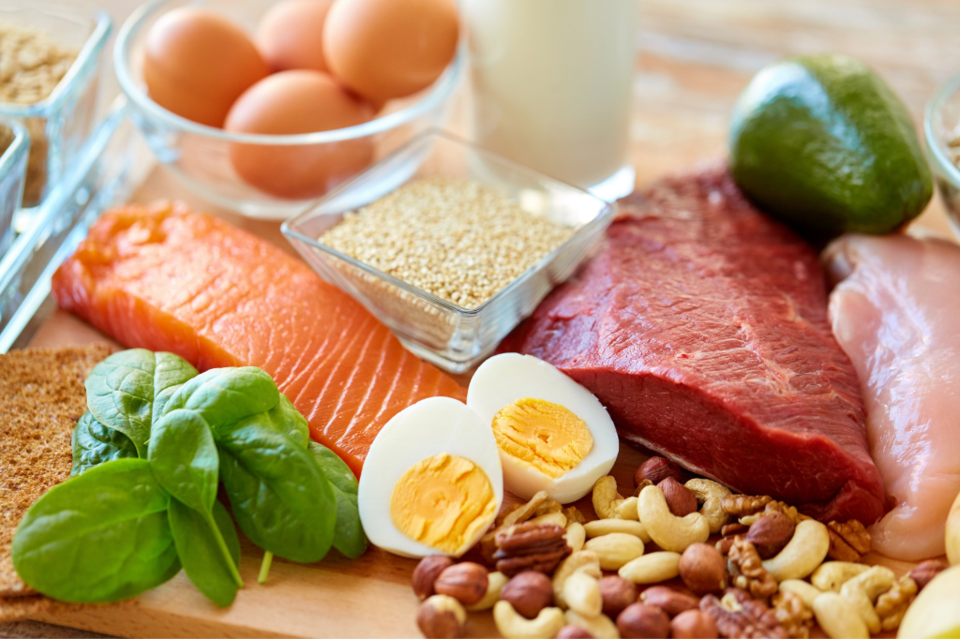From pesky food cravings to sluggish recovery, here’s how to tell if you’re not getting enough protein—and how to fix it.
Are you getting enough protein?
Protein is essential for building and repairing muscles, supporting metabolic and immune function, and keeping you satiated and energized for all the demands on your body and brain throughout the day. Yet, many Canadians aren’t hitting their daily protein goals. In fact, research suggests that only 3% or less of Canadians consume enough protein each day.
If you’ve noticed you are experiencing food cravings often, muscle soreness, or you’re feeling more sluggish and fatigued than usual, your protein intake might be to blame.
5 signs you’re not getting enough protein
If you’re falling short on protein, your body will let you know. Here are some common signs:
- Constant hunger and cravings – Protein helps regulate blood sugar and keeps you full. If you’re always reaching for snacks, you might not be getting enough.
- Sluggish recovery after workouts – Sore muscles that take forever to heal? Protein is crucial for muscle repair.
- Weak hair, skin, and nails – Brittle nails, hair loss, and dull skin can all be signs of inadequate protein.
- Frequent injuries or slow healing – Protein plays a role in tissue repair, so a deficiency can slow down wound healing and increase injury risk.
- Mood swings and brain fog – Protein provides amino acids that support neurotransmitter function. If you’re feeling mentally foggy, low protein could be to blame.
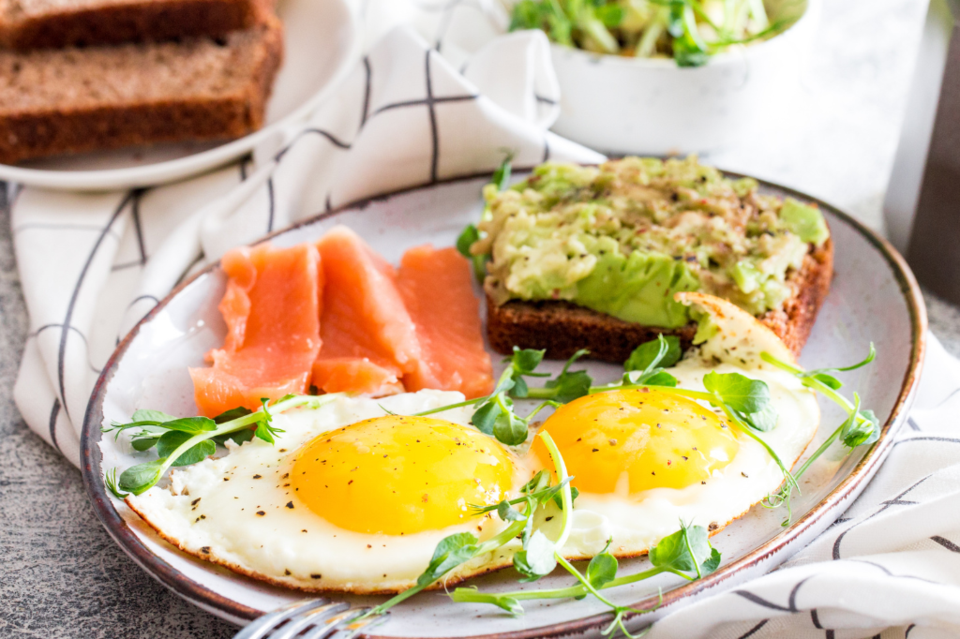
How much protein do you need?
A good rule of thumb is to consume 0.8 to 1.2 grams of protein per kilogram of body weight, depending on how active you are. Particularly active people, particularly those engaging in strength training, may need up to 1.6-2.2 grams per kilogram.
To easily determine your protein needs, take your weight in kilograms and multiply it by 1.2 (or higher if you’re very active). For example, a moderately active 70 kg (154 lb) person should aim for 84-112 grams of protein per day. If you’re crushing 5-6 high-intensity workouts a week—or more—that number could look more like 150 grams of protein per day.
How to add protein to every meal
Ensuring you get enough protein doesn’t have to be complicated. Here are some easy ways to incorporate it into your diet:
- Breakfast: Add Greek yogurt or cottage cheese to your morning smoothie or oatmeal. Eggs and smoked salmon are also excellent choices.
- Lunch: Opt for chicken, tofu, or chickpeas or lentils in your salads or wraps.
- Dinner: Include a high-protein staple like lean beef, fish, tempeh, or quinoa.
- Snacks: Keep it simple with hard-boiled eggs, protein bars, edamame, or nuts.
Top protein sources: Animal vs. plant-Based
Whether you eat meat or follow a plant-based diet, there are plenty of high-protein options to choose from:
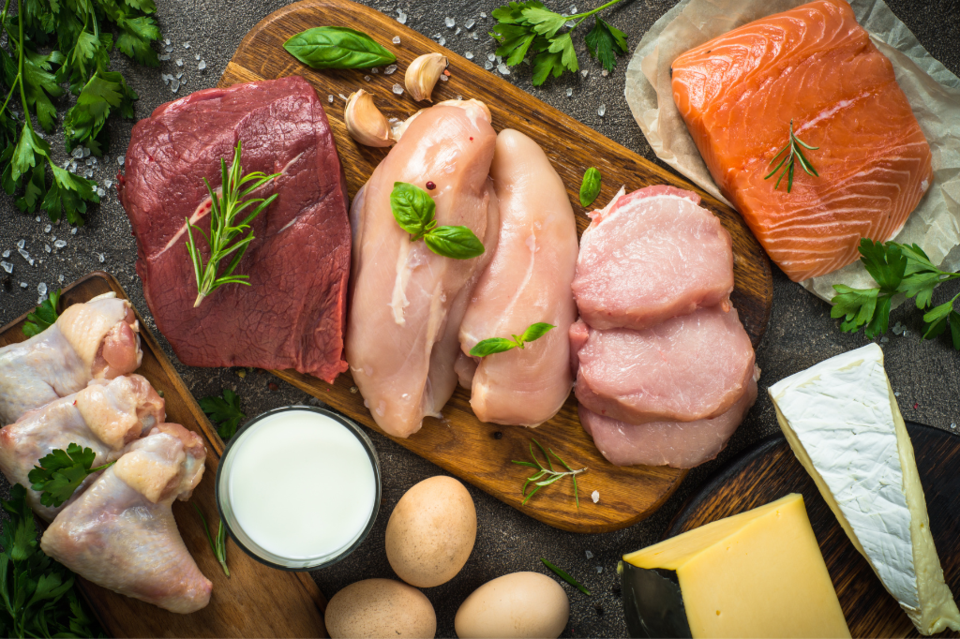
Animal-based protein sources:
- Chicken, turkey, beef, bison, lamb, and pork – Lean and high in protein.
- Eggs – A powerhouse of essential amino acids.
- Cottage cheese – A single serving has over 20 grams of protein!
- Greek yogurt – Higher in protein than regular yogurt.
- White fish, salmon, and tuna – Packed with protein and healthy fats.
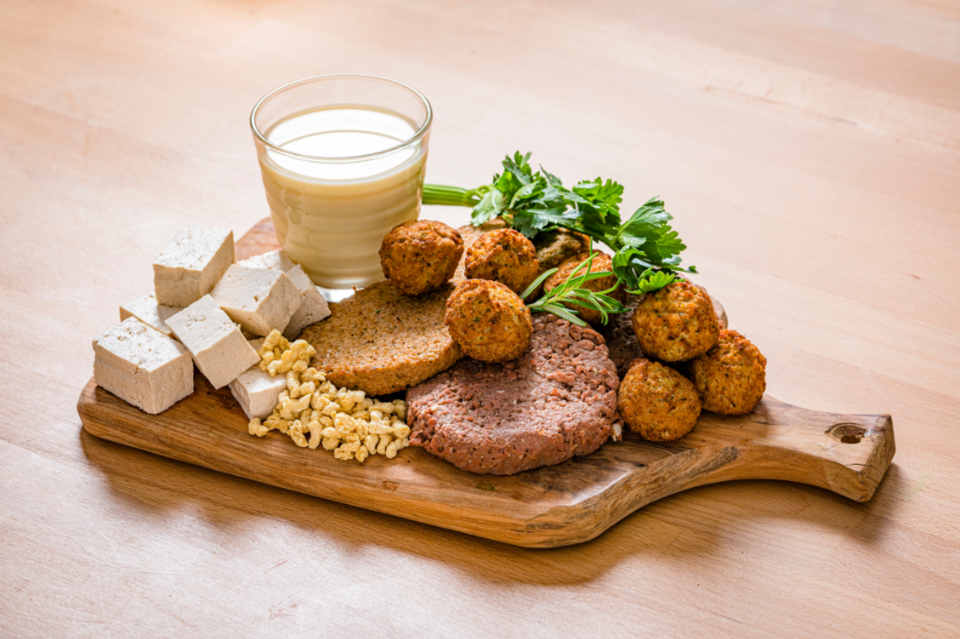
Plant-based protein sources:
- Lentils and chickpeas – Great for soups, salads, and curries.
- Tofu and tempeh – Versatile and protein-rich.
- Quinoa – A complete protein with all nine essential amino acids.
- Pumpkin seeds and almonds – Excellent for snacking or adding to meals.
- Edamame – A perfect protein-packed snack.
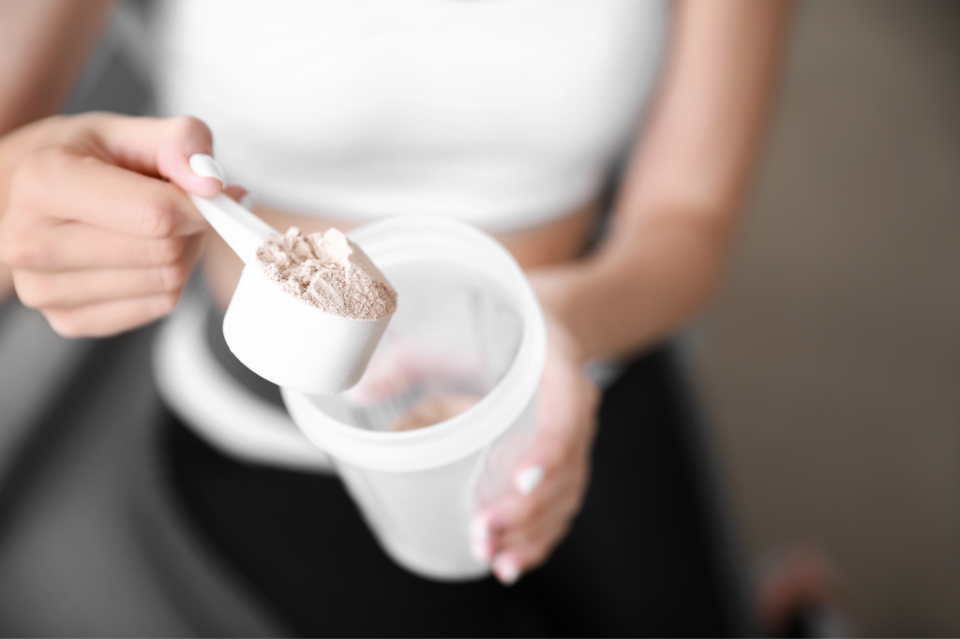
What about protein powders?
Protein powders can be a convenient way to supplement your intake, especially if you struggle to meet your daily needs. Look for high-quality whey, casein, or plant-based options like pea or hemp protein. Just be mindful of added sugars and unnecessary fillers.
Bottom line
If you recognize any of the above signs of low protein intake, small dietary tweaks can make a big difference. By ensuring you include protein in every meal and choosing nutrient-dense sources, you’ll support muscle health, keep energy levels steady, and stay full longer. Whether you’re a meat eater or plant-based, there are plenty of easy ways to hit your protein goals.
About the Author

Alicia is a journalist and editor in digital and print media specializing in health, nutrition, fitness, and wellness. She was previously the Editorial Director of Clean Eating and Vegetarian Times. Her work has also appeared in Hone Health The Edge, Yoga Journal, Women’s Running, and Oxygen, among others. In addition to being a content creator, she's an ISSA-certified nutritionist, certified personal trainer, and fitness studio owner in Toronto. Alicia loves spreading the word about helpful, science-backed health information, and she can be contacted via her website at aliciamtyler.com.

